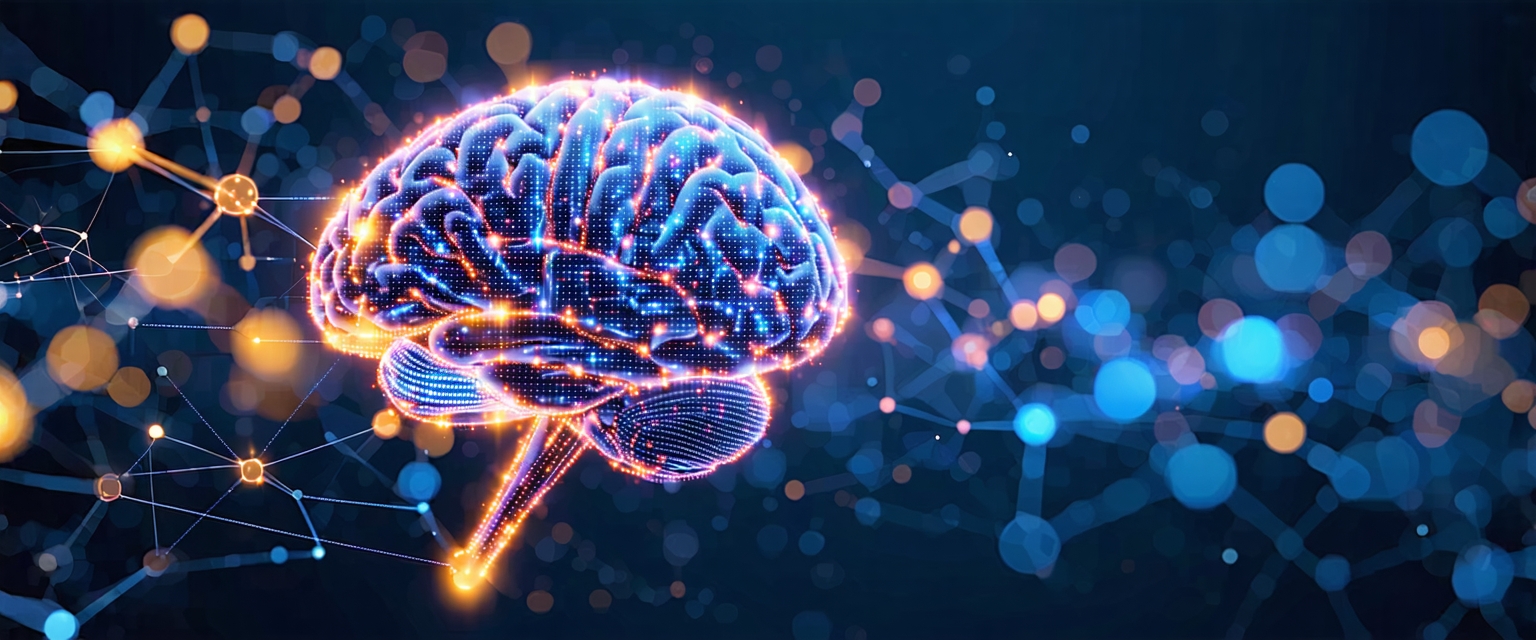






Recent advancements in deep learning are pushing the boundaries of artificial intelligence, demonstrating significant improvements in model generalization and efficiency. These developments promise to impact various fields, from healthcare to autonomous driving.
Deep learning models, particularly large language models (LLMs), have shown remarkable capabilities in various tasks. However, a key challenge has been their tendency to overfit training data, leading to poor performance on unseen data (generalization). This limitation restricts their broader applicability and reliability.
Traditional methods often involved extensive data augmentation and complex regularization techniques to mitigate overfitting. However, these approaches are often computationally expensive and don’t always guarantee successful generalization.
Researchers have recently explored novel architectures and training methodologies that significantly improve model generalization. This includes advancements in attention mechanisms, enabling models to focus on relevant information more effectively. Furthermore, innovative regularization techniques are reducing overfitting without sacrificing performance on training data.
Another significant development is the emergence of more efficient training algorithms. These algorithms reduce the computational resources needed to train these large models, making them more accessible to a wider community of researchers and developers.
These advancements have the potential to revolutionize various industries. In healthcare, improved deep learning models can lead to more accurate disease diagnosis and personalized treatment plans. In autonomous driving, enhanced generalization capabilities will improve the safety and reliability of self-driving vehicles.
The reduction in computational costs makes deep learning accessible to smaller organizations and researchers, fostering innovation and accelerating progress across numerous domains. This democratization of powerful AI tools is a significant step forward.
Future research will likely focus on developing even more efficient and robust deep learning models. This includes exploring new architectural paradigms, improving the interpretability of models (understanding *why* they make certain predictions), and addressing potential biases in training data. Addressing ethical considerations related to the use of these powerful models will also be crucial.